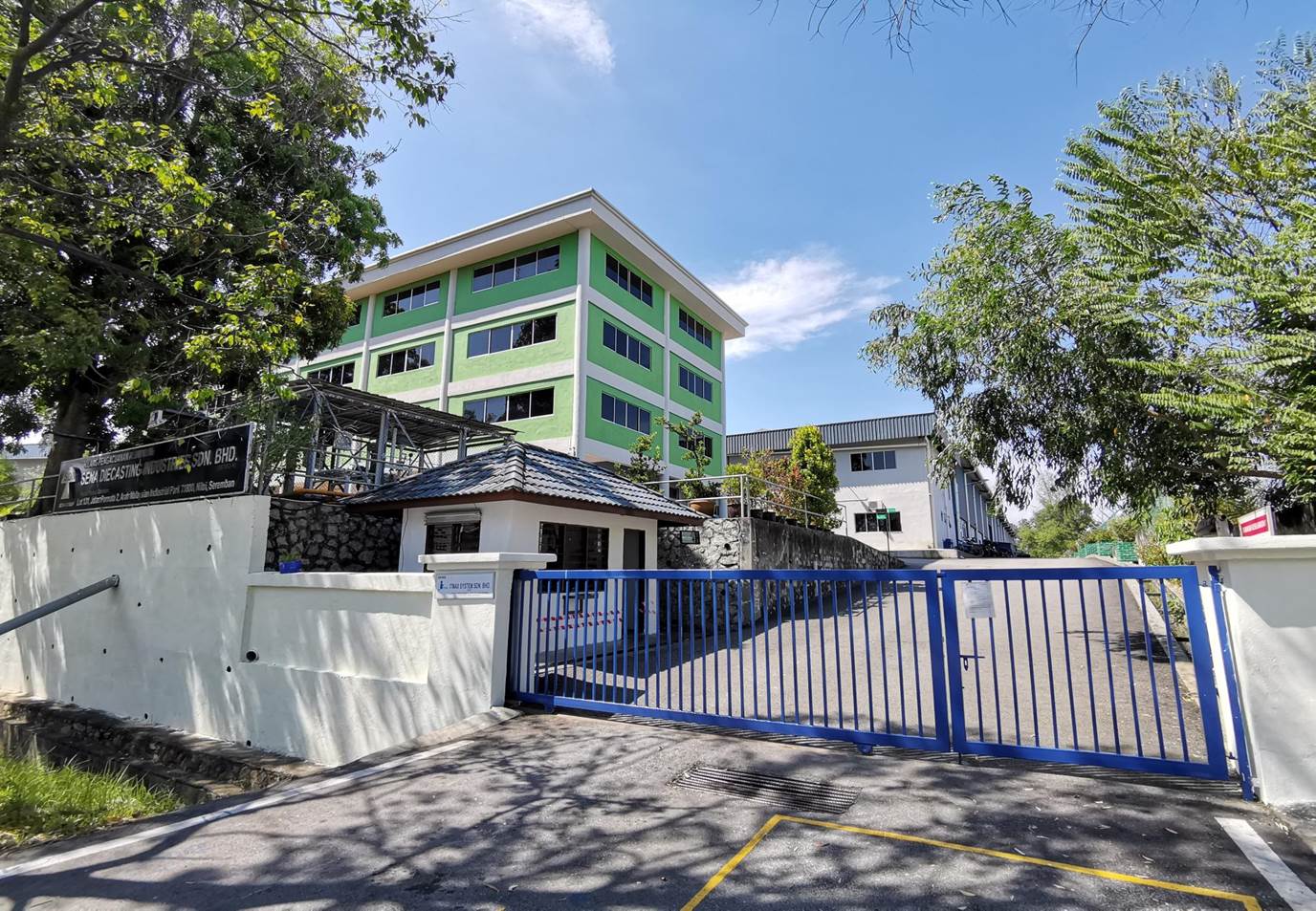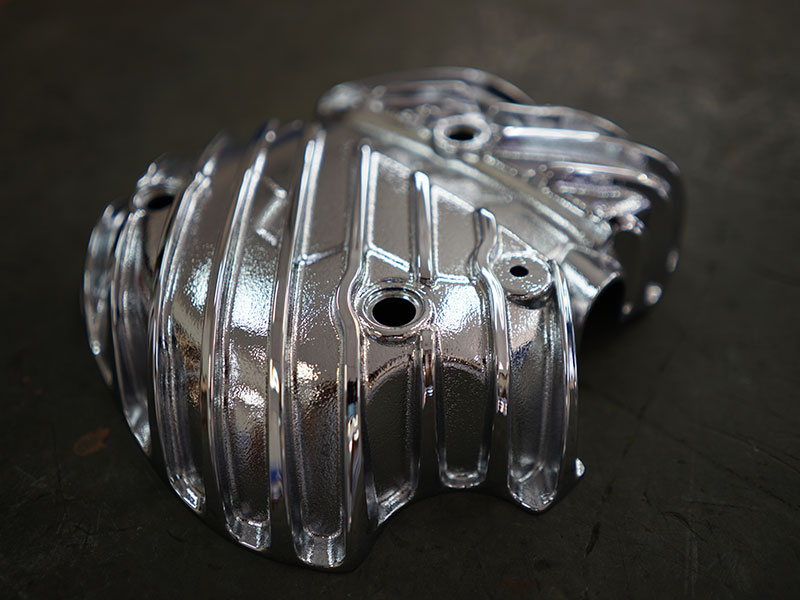
One of the main advantages of die casting lies in its capacity to make complex geometric shapes that have tight tolerances. With the use of reusable molds makers can replicate complex geometrical shapes, with minimal variations and ensure uniformity throughout production runs. This degree of accuracy is crucial in areas where reliability and component performance are crucial, including medical and aerospace devices. Die casting permits the development of intricate designs and thin walls that are difficult to create using other manufacturing processes, offering engineers unprecedented freedom in product design.
Furthermore, die casting gives incredible material flexibility, allowing many different types of alloys and metals that can meet diverse requirements in applications. Aluminum, zinc, and magnesium alloys are widely employed due to their outstanding mechanical properties, lightness, and recyclability. Each material presents unique characteristics and is renowned for its strength-to-weight ratio that is high and anti-corrosion properties, zinc renowned for its excellent dimensional stability and magnesium for its exceptional durability and strength. This flexibility allows manufacturers to choose the best material for their specific needs whether for parts for automobiles, consumer electronics, or industrial equipment.
Alongside its accuracy and material flexibility The die casting process boasts speedy production capabilities, making it ideal for high-volume production. The ability to produce many thousands of parts with minimal cycle times streamlines manufacturing processes, decreases the time of lead and increases the overall effectiveness. This flexibility is particularly useful when it comes to industries with high-volume manufacturing requirements, for example automotive manufacturing, where die casting plays an important role in producing engine components, transmission parts, and parts for structural construction.

In addition to traditional manufacturing industries Die-casting has found innovative applications in new industries such as renewable energy and medical technology. Within the renewable energy industry die-cast parts are essential in the manufacturing of components for wind turbines, solar panel frames and hydroelectric parts. They must be able to withstand extreme weather conditions, while also delivering the best performance. This makes die casting a crucial manufacturing technique.
Despite its many merits, diecasting is not without its issues and limitations. Costs for initial tooling used in production of dies can be significant especially for intricate geometric shapes or alloys that are specialized. Moreover, while diecasting excels for large-scale production the efficiency of this process decreases for smaller batch sizes, making it more expensive for prototypes or customized projects. Furthermore, it could cause environmental problems due to the power-intensive nature melts of the metal, as well as the possible generation of leftover materials.